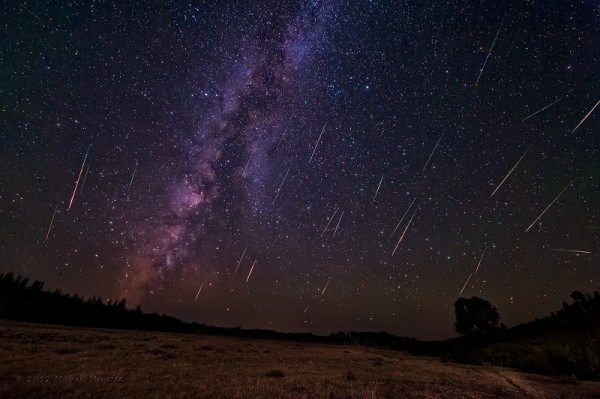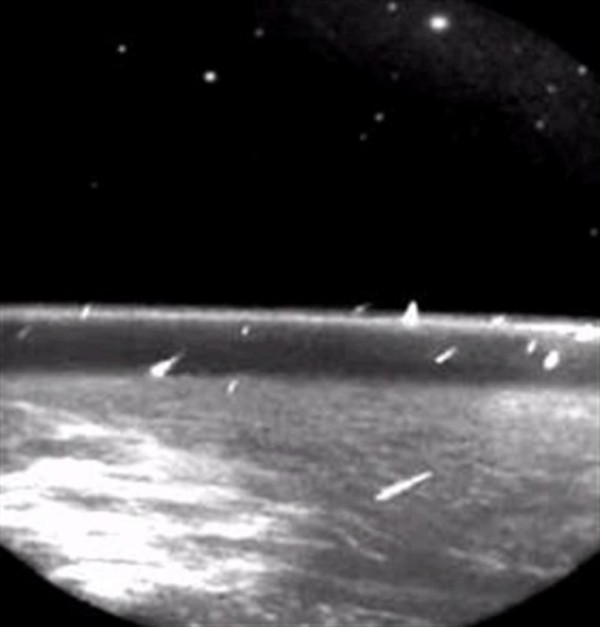“Every moment of light and dark is a miracle.” -Walt Whitman
Every once in a while, the Earth hurtles through the orbital path of a comet or asteroid, with the Sun having torn tiny bits of debris from the parent body. As a result, the Earth strikes these dusty fragments at speeds often exceeding a hundred thousand miles-per-hour, resulting in a tremendous light show: meteor showers!
Most people wind up disappointed in meteor showers for two reasons: they don't know what to expect and they don't know how to view them. So I've done my best to fix that, by explaining exactly where they come from, what the science behind them is and giving you tips and tricks for how to optimize your viewing experience.
 Image credit: Michael Menefee (Fort Photo on flickr), viahttps://www.flickr.com/photos/fortphoto/7823333570/in/set-7215763498951….
Image credit: Michael Menefee (Fort Photo on flickr), viahttps://www.flickr.com/photos/fortphoto/7823333570/in/set-7215763498951….
More like this
Star light Star bright first star I s
"My dad took me out to see a meteor shower when I was a little kid, and it was scary for me because he woke me up in the middle of the night. My heart was beating; I didn't know what he wanted to do.
Some meteor showers are spectacular, while most are mundane. If you sit around during a typical shower, you might see anywhere from 50 to 100 meteors an hour, if the Moon isn't out.
A collection of meteor videos for your amusement and amazement:
Peekskill Bolide Fireball of 1992


Thanks, Ethan; hope we get clear skies down here for the show.
The link to Forbes.com does not go to your article. It just gets stuck on the welcome screen. Using Safari on a iPad.
Thanks for the "head up" Ethan. Nice article. I'll be watching! The link didn't work for me either, using Chrome browser on a PC. Thanks, Ron, for the hint you gave re Forbes.com.